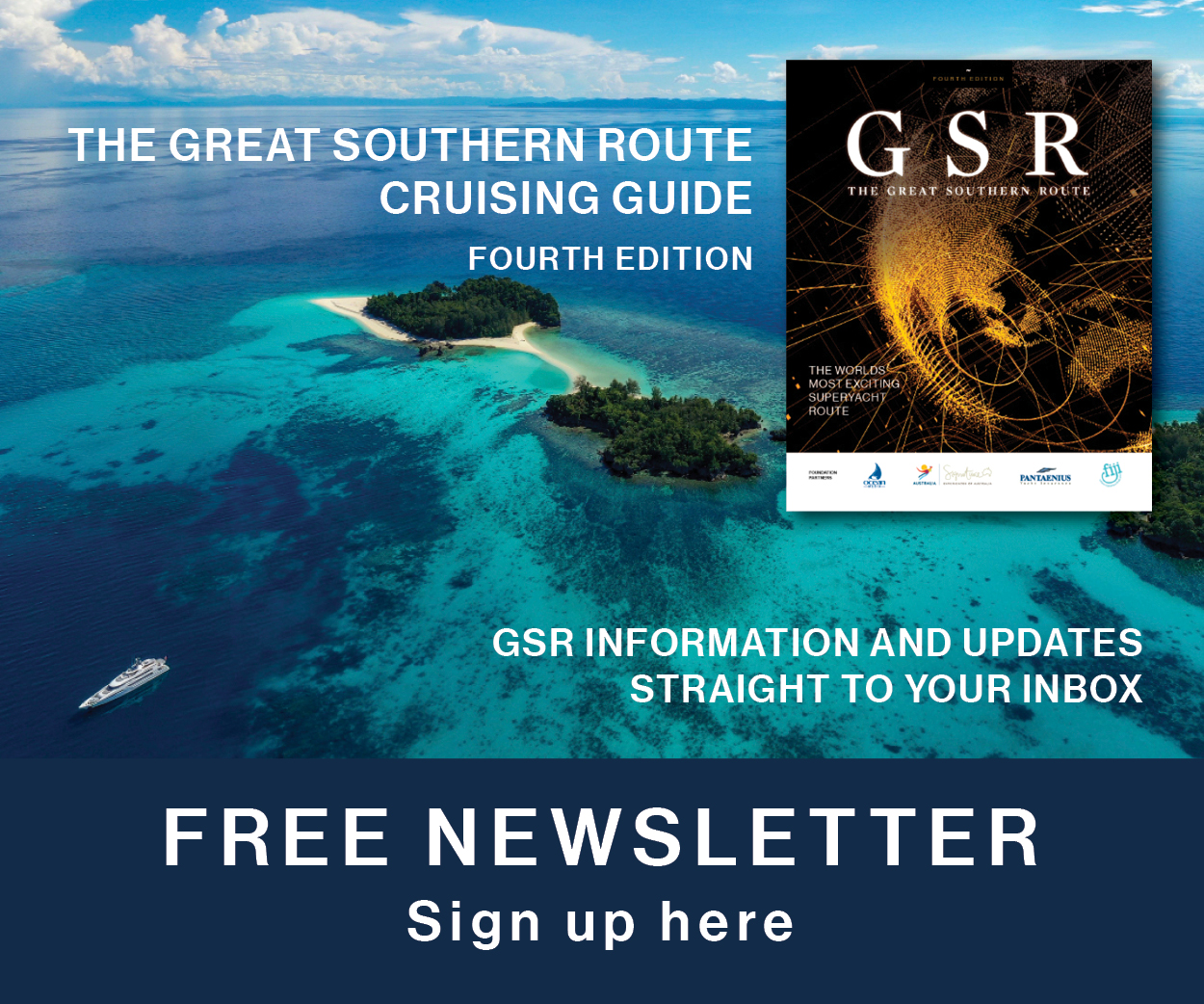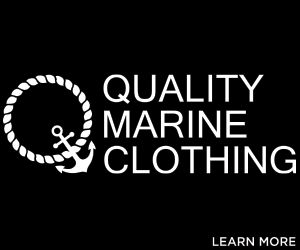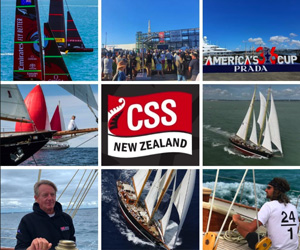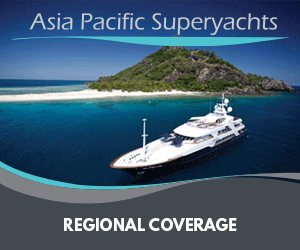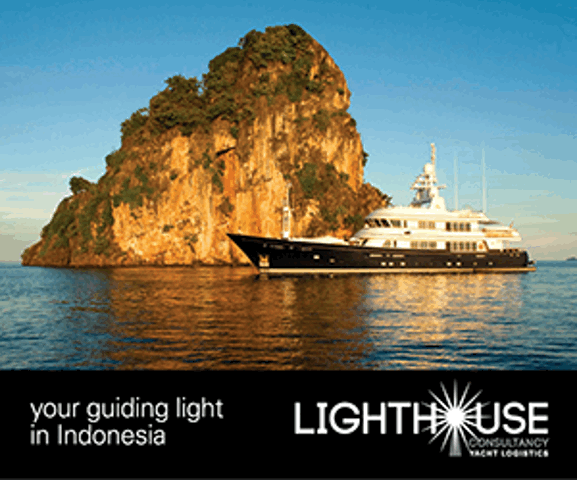- CAPTAIN'S LOG / Pacific Ocean
- 2 April 2019
Advertisement
While divers flock here to discover whale sharks, manta rays, shark sanctuaries and pristine coral gardens, as well as some superb WWII wreck diving, diving is just the beginning of the adventure on Palau.
Guests can pass their days kayaking through mangrove forests spotting crocodiles and dugong, bathing in mineral mud pools and rainforest waterfalls, sport fishing for blue marlin past the drop-off, and enjoying luxury barbecues on blinding white sand atolls, sea turtles swimming slowly by. There’s also some incredible endemic wildlife, including a lake full of pulsing golden jellyfish and rare birds seen nowhere else on earth.
Offering a number of the highest-rated dives in the world and some of the most magical scenery in the Pacific, the archipelago of Palau is a paradise for experiencing those wow moments we all seek. But beauty comes at a cost, especially when operating a yacht in such a place.
So, is it worth it?
Palau’s distance from reality works as both an advantage and a disadvantage. There are certain tools and tips that you can take advantage of, however, in order to better understand and navigate some of the issues.
Logistics such as customs, provisioning, charting, flights and berthing are always important aspects to consider when planning any trip.
Out here in Palau, these are the things that often emphasise just how challenging a large amount of the Pacific can be.
Clearance process
The first impression you get upon approach – a beautiful view of emerald forests and rolling hills surrounded by turquoise waters – is followed by a rapid return to reality when you are met by the island’s only pilot and a long-winded customs clearance process. After crossing an approximately 350-nautical-mile stretch of open water east of the Philippines with no shelter from wind and swells, a delay in taking on a pilot or clearing-in is a luxury of time most yachts cannot afford.
Using a pilot is mandatory for any vessels over 200GT, but you will be glad you did. The main entrance to the site for clearing-in is sometimes uncomfortably tight, especially with a 60-degree turn halfway through. Unfortunately, the pilot is often away on other business, leaving yachts to huge delays in entering through the surrounding reef.
Once through, use Jaime Ngirausui, an independent local yacht agent, who can potentially speed up the clearance process of the mandatory-yet-negotiable berthing at a commercial dock, as well as the customs checks by officials on board. Afterwards, you can either anchor in the main protected bay off Koror, or berth in Palau’s only marina – a dock at Sam’s Tours where you can fit up to three 55-metre-plus yachts stern-to.
However, to get there is a bit of a challenge. There is a narrow channel leading up to a shallow bar of three to five-metre depth. Once over, you are in a small and busy basin packed with small ribs, fishing boats and dive boats to navigate through, before reaching a dock built to take a yacht up to 65 metres.
Navigation
Having a local guide for the area is a must for several reasons. Sam’s Tours can provide a guide with good local knowledge to move safely through the waters inside the island’s surrounding reef.
Paul Collins comes highly recommended through Sam’s Tours. English by birth, he has lived in Palau for over 20 years and is one of the most sought-after guides.
The uncharted waters are almost impossible to navigate through safely without local knowledge.
Paul, as the owner of his own dive boat running with a local captain, has mapped it all through sonar, making his own local charts and routes to provide yachts with safe passage through the archipelago.
In addition to the local knowledge, we often found that using a combination of Google Earth and Transas Charts is an easier way to navigate the area than relying on the current paper charts, as these charts are frequently not scaled properly or lack detail.
Logistics
Efficient shoreside services are also essential if the yacht is sitting at anchor for the duration of its stay. Provisioning, airport runs, car hire, hotel stays, land tours and excursions all have to run smoothly. Once again, a guide can be a useful liaison with the agents, who can sometimes be busy with the many yachts passing through, get caught up in logistics, or simply run on island time.
Provisioning is another difficulty here. It relies heavily on a weekly shipment from Guam, so your timing has to be right or you will come back with an empty shopping trolley.
Local guides
Guides can help with planning itineraries, dealing with local Coast Guard patrols, as well as organising fishing and dive boat logistics. But it is water-based activities where they really come into their own. All of Sam’s guides have a thorough understanding of the environment, meaning they know when to be where to make the most out of any activity.
Ron Leidich, for example, is a marine biologist and guide who knows Palau like the back of his hand. He knows when to be at a specific dive or snorkel site for the best visibility, currents and aquatic life.
Diving
Diving is by far one of the most attractive things about Palau. The consistency of conditions, sea temperature, clarity of the water, variety of dive sites, underwater scenery, aquatic life, and the whole diving community is what makes it one of the best dive locations in the world. This is where Palau makes up for all its other flaws.
Palau may be still in the past, its infrastructure still under development, and it may not really be set up to receive yachts at all – but none of that matters once you’re diving.
Sites such as Blue Corner, a world-renowned dive site for its mix of difficulty, currents, visibility and the constant presence of sharks and other marine life. Then there’s off Orange Beach on the island of Peleliu, which is practically a WWII war grave where old ammunitions lie on the seabed among the coral – a haunting reminder of the bloody 1944 US landing to fight the Japanese.
There are dives for every style too. From advanced drift dives (Pelelieu Express) and difficult cave dives (Temple of Doom) to easy wreck Dives (Chuyo Maru) and simple sightseeing dives (German Channel), Palau can satisfy ever diver’s wants and needs, making it an adventure playground for people looking to escape their world and be genuinely wowed by the experience.
Palau may have its drawbacks and inconveniences, but you will depart with a sense of wonder after having seen some of the most spectacular sights in our world. You will leave knowing that when someone asks you if it’s worth it to travel to this remote corner of the Pacific on a superyacht, you can say, “Yes, it really is.”
The land below the wind




